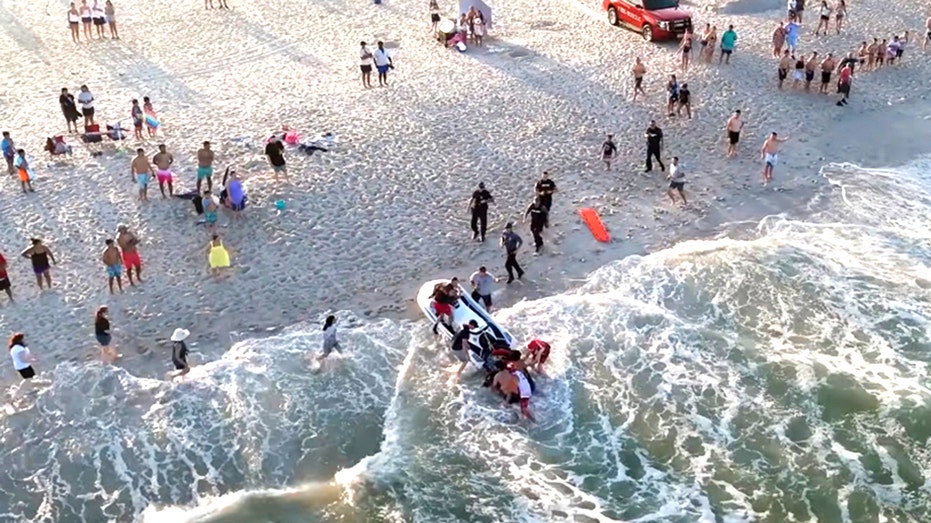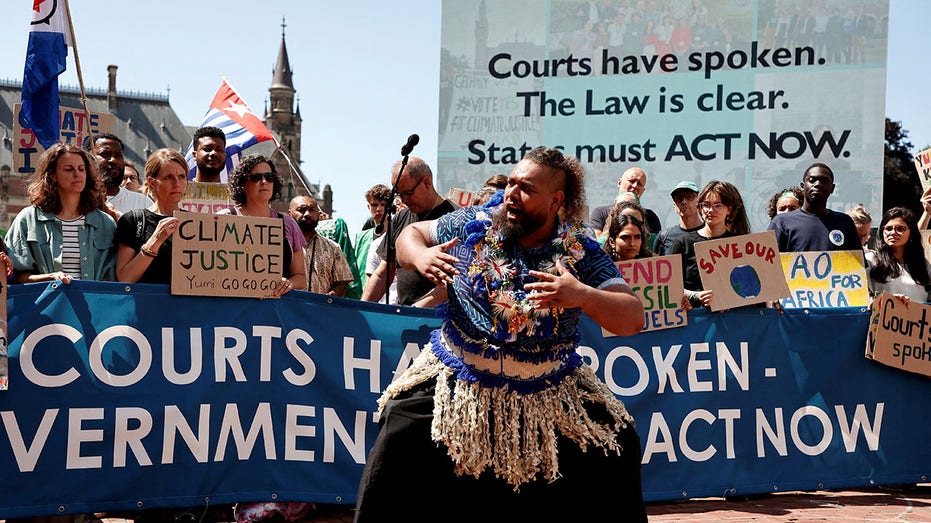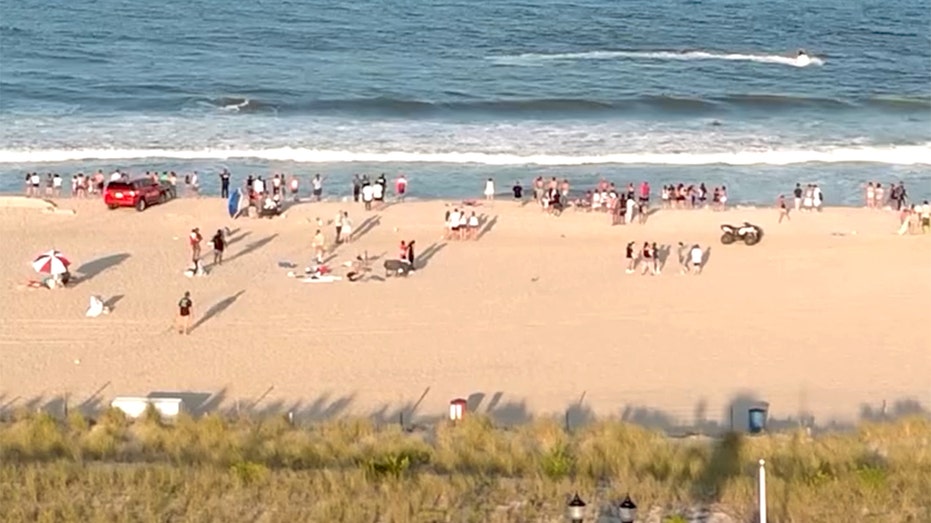Analyzing Beach Restrictions: Safety vs. Access in a Changing Climate

Sarah Johnson
August 16, 2025
Brief
Analysis of Seaside Height's beach restrictions, linking it to broader trends in coastal safety, lifeguard shortages, and the balance between public access and risk mitigation.
The Rising Tide of Beach Restrictions: Analyzing the Factors Behind Post-Lifeguard Swimming Bans
Opening Analysis: The decision by Seaside Heights, NJ, to strictly enforce after-hours beach closures, with the threat of fines and even arrest, highlights a growing trend driven by increasing concerns about rip currents, dwindling lifeguard resources, and the escalating costs of after-hours rescues. This response, while aiming to prevent future tragedies, raises significant questions about public access to beaches and the responsibilities of both municipalities and beachgoers.
The Bigger Picture: Historically, beach access has been a contentious issue, balancing public enjoyment against safety concerns. The concept of lifeguarded beaches emerged in the early 20th century, aiming to mitigate the risks associated with open water swimming. However, the rise in coastal populations, coupled with increased awareness of the dangers of rip currents, has put immense pressure on local governments. The issue is exacerbated by changing weather patterns, potentially leading to more frequent and intense rip currents. Budgetary constraints and lifeguard shortages further complicate the situation, forcing municipalities to make difficult choices about when and how to provide protection.
What This Really Means: The strict enforcement in Seaside Heights signals a shift towards a more regulated beach environment. This incident underscores the critical importance of heeding warnings about swimming without lifeguard supervision. From a broader perspective, it reflects the ongoing tension between individual freedom and collective safety, particularly in public spaces. It implies a greater willingness by local authorities to prioritize risk mitigation, even if it means curtailing access. The potential for fines and arrests represents a significant escalation in enforcement tactics, highlighting the seriousness with which these regulations are being taken. This could also lead to legal challenges from those who believe their access to beaches is being unduly restricted and if authorities can provide adequate coverage to prevent these scenarios.
Expert Perspectives:
- Tom Gill, United States Lifesaving Association (USLA) Vice President: As highlighted in the original article, Mr. Gill emphasizes, "One reason beaches set swimming hours is to provide specific times when swimmers will be protected by lifeguards on duty.... The USLA has determined the chance of a fatal drowning on a guarded beach is 1 in 18 million."
- Dr. Robert Brander, UNSW Sydney Coastal Safety Expert: "Rip currents are a persistent hazard on many beaches. Education and awareness are crucial, but ultimately, the presence of lifeguards is the most effective way to prevent drownings."
- Maria Honeycutt, Coastal Risk Management Specialist: "Municipalities face a difficult balancing act. They need to provide public access while managing the inherent risks of the ocean. Strategies like extending lifeguard hours, improving signage, and utilizing technology for early rip current detection can help."
Data & Evidence: The National Weather Service reports 52 rip current deaths so far this year, underscoring the severity of the problem. The USLA states the chance of a fatal drowning on a guarded beach is 1 in 18 million. Conversely, the risk of drowning significantly increases on unguarded beaches or during after-hours periods. Coastal communities are experiencing increasing pressure. Data from the Environmental Protection Agency (EPA) indicates a rise in sea levels and changing weather patterns, potentially contributing to more frequent and dangerous rip currents.
Looking Ahead: The actions in Seaside Heights may serve as a model for other coastal communities facing similar challenges. We can expect to see increased investment in technology like drone surveillance and advanced warning systems. There may also be a push for greater public education campaigns about rip current safety and the importance of swimming only when lifeguards are present. Long-term, this could lead to more comprehensive coastal management plans that address the impacts of climate change and ensure sustainable access to beaches, while maintaining coastal safety. A crucial piece for public safety will be the increased use of accurate forecasting. As the forecast models improve it is of crucial important the forecast is accurate and updated frequently.
The Bottom Line: The increased enforcement of beach closures in Seaside Heights is indicative of a broader trend driven by safety concerns, resource constraints, and changing environmental conditions. This situation raises fundamental questions about public access, individual responsibility, and the role of local governments in managing coastal risks. By carefully understanding this situation people can assess their own abilities and make decisions to potentially save their lives.
Topics
Editor's Comments
The decision to enforce beach closures with the threat of arrest highlights a significant shift in how coastal communities are managing risk. While the immediate goal is to prevent drownings, it's crucial to consider the long-term implications of restricting public access. Are we adequately investing in preventative measures like enhanced lifeguard training, improved warning systems, and sustainable coastal management? Or are we simply shifting the responsibility onto beachgoers, potentially disproportionately impacting lower-income communities who may have limited access to other recreational resources? Addressing these questions will be essential to ensure equitable and effective coastal safety policies.
Like this article? Share it with your friends!
If you find this article interesting, feel free to share it with your friends!
Thank you for your support! Sharing is the greatest encouragement for us.






